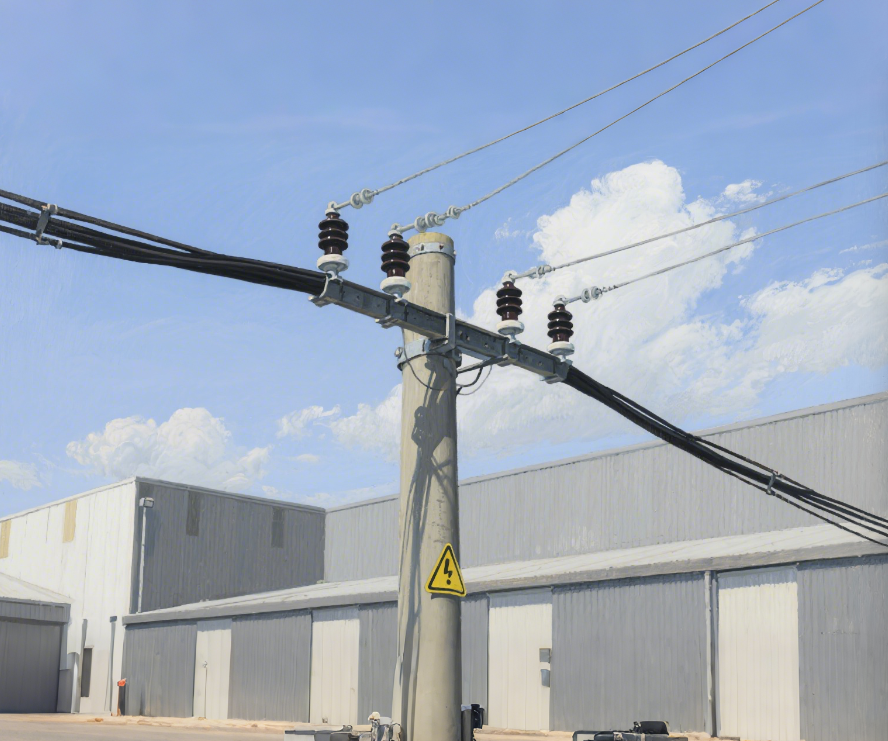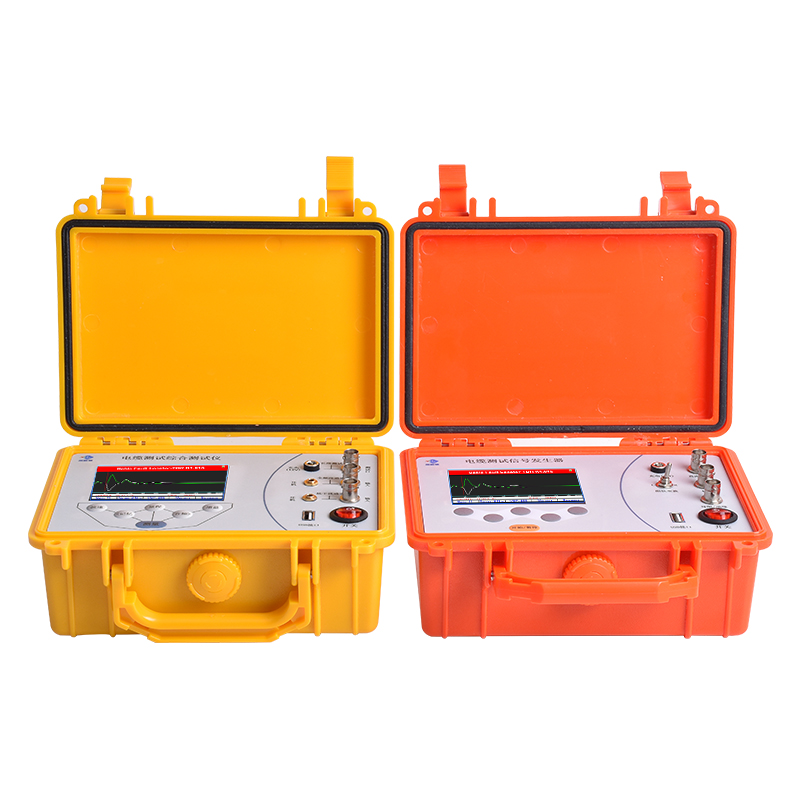From "Blind Detection" to "Instant Location": Core Technologies and Application Breakthroughs of Cable Fault Detectors
In today's era where urban underground pipe networks are as dense as neural networks, cable fault troubleshooting has long been trapped in the dilemma of "blind detection". When municipal construction accidentally severs a cable, maintenance personnel have to carry heavy multimeters to conduct segment-by-segment testing along thousands of meters of cables; after a short-circuit fault caused by thunderstorms, the traditional bridge method often takes several hours to locate the break point. This operation mode, which relies on manual experience and repeated trial-and-error, not only keeps the urban power outage duration at a high level but also hides the risk of secondary faults caused by misjudgment and incorrect repairs. However, the technological iteration of cable fault detectors is reconstructing the logic of power operation and maintenance with the efficiency of "instant fault location". Equipped with pulse reflection algorithms and intelligent sensor matrices, these detectors are like installing "CT scanners" for cable networks, exposing hidden faults such as insulation damage and joint aging within milliseconds.

Lanende Cable Fault Detector has achieved a leapfrog breakthrough from "blind detection" to "instant location" through technological innovation. Its core technologies integrate intelligent algorithms, high-precision sensing, and anti-interference design, significantly improving the efficiency and accuracy of fault location, and demonstrating remarkable advantages in applications across the power, communications, transportation, and other industries. The following is an analysis from four dimensions: technical principles, core breakthroughs, application scenarios, and industry value.
1. Technical Principles: Multi-Mode Integration and Intelligent Diagnosis
Length Testing: In the power-off state, it can directly test the distance and length of cable breakage and short-circuit faults.
Anti-Interference Channel: It adopts a high-performance filtering circuit to resist power frequency interference. In the power-off state, it cooperates with a signal generator to locate the ground leakage position of directly buried cables, and detect the path direction and depth of directly buried cables.
Full-Frequency Band Channel: In the power-on state, a probe rod is used to test the slight ground leakage fault position of directly buried low-voltage cables. It is a powerful tool for shortening fault finding time, improving work efficiency, and reducing the labor intensity of line maintenance personnel.

2. Core Breakthroughs: From "Experience Dependence" to "Intelligent Decision-Making"
The large-screen true-color mobile phone-level display remains clearly visible even in direct sunlight.
Equipped with a built-in data interface, it supports remote upgrades for users.
Adopting ARM CPU combined with FPGA technology, it can quickly and accurately identify fault waveforms.
The waveform comparison function is particularly suitable for testing and locating faults where oxidation at a certain point of the line causes low voltage at the rear end.
The simple function-corresponding buttons are easy to learn, understand, and operate, ensuring intuitive usability.
High-capacity lithium battery enables 6-8 hours of continuous use.
The signal device has a built-in multimeter function, facilitating voltage, resistance, and insulation testing.
3. Application Scenarios: From "Passive Emergency Repair" to "Proactive Prevention"
Power Industry
In power grid fault emergency repairs, the equipment shortens the Mean Time To Repair (MTTR) from 8 hours to 1.5 hours, reducing power outage losses by over 60%. After a provincial power grid company purchased 50 sets of the equipment, its annual operation and maintenance costs decreased by 23 million yuan.
Rail Transit
The fault location accuracy of high-speed rail catenary cables reaches ±0.2 meters, meeting the requirements of the Code for Design of Railway Electric Traction Power Supply. During the cable aging detection in a section of the Beijing-Shanghai High-Speed Railway, 3 weak insulation points were detected in advance, avoiding major accidents.
Industrial Manufacturing
In the cable corridors of petrochemical enterprises, the equipment can penetrate explosion-proof walls to locate faults, eliminating safety risks associated with manual inspection. After being applied in a steel plant, the number of unplanned shutdowns was reduced by 12 times annually, creating an additional production value of over 50 million yuan.
According to industry reports, power enterprises using Lanende equipment have seen an average 400% increase in cable operation and maintenance efficiency and an 85% decrease in the recurrence rate of faults. This technological breakthrough not only reshapes the industry standards for cable fault detection but also provides key support for the digital transformation of infrastructure such as smart power grids and intelligent transportation.
 PrevHeavy Rain/Heat Wave Season Food Security Challenges: Portable Grain Heavy Metal Detectors Solve Storage and Procurement Difficulties
PrevHeavy Rain/Heat Wave Season Food Security Challenges: Portable Grain Heavy Metal Detectors Solve Storage and Procurement Difficulties NextHigh-Precision Pesticide Residue Rapid Detector—Compliant with National Standards, Essential for Farmers' Markets and Supermarkets!
NextHigh-Precision Pesticide Residue Rapid Detector—Compliant with National Standards, Essential for Farmers' Markets and Supermarkets!
Recent Articles

How to Use the Lanende ATP Fluorescence Microbial Detector: A User Guide

What are the advantages of soil trace element analyzers? Description of the instrument features of soil trace element analyzers.

Inner Mongolia Agricultural University Introduces Soil and Fertilizer Nutrient Detector GT3 to Boost Precision Agriculture Research

 +86 19353291814
+86 19353291814
